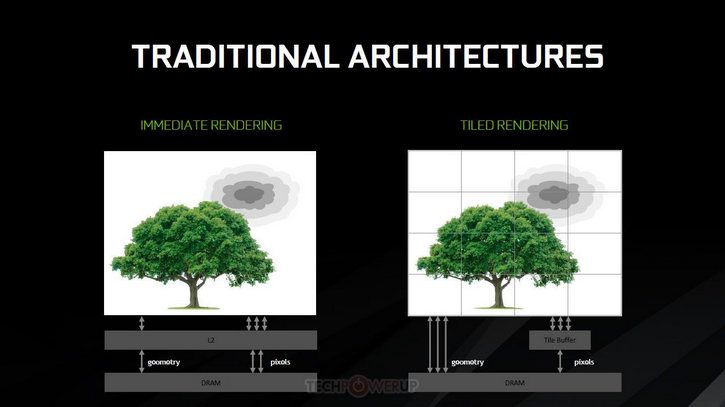Apparently, Nvidia is working on a new graphics technology called CFR – Checkered Frame Rendering.
A user of the 3DCenter forum has noticed an additional entry in the drivers for multi-GPU rendering, the technique is called CFR and basically cuts a frame into many small pieces so that GPUs can render them in parallel.
Basically, this technique would serve to divide images into small blocks that GPUs can render using an algorithm or simply FIFO, ‘first-in’, ‘fist-out’, which could increase scaling performance and minimize image errors. The basis, of course, is an existing technique that is used in many solutions. However, NVIDIA wants to use it for multi-GPU rendering.
How Checkered Frame Rendering (CFR) technology works?
In CFR the frame is divided into small square tiles, like a chessboard. Counters with odd numbers are represented by one graphics card and pairs by the other. Unlike AFR (Alternate Frame Rendering), where each GPU’s dedicated memory contains a copy of all the resources needed to render the frame, methods such as CFR and SFR (Split Frame Rendering) optimize resource allocation.
Nvidia has not thrown this into the towel with MultiGPU technology, which coincides with earlier rumors of the new generation called Hopper.
The CFR technology would, as it turns out, only be compatible with DirectX in all its variants (DX10, DX11, and DX12), OpenGL and Vulkan would be omitted at the moment. In addition, it would only be used by Turing graphics cards and next-generation Ampere GPUs as it requires NVLink.
